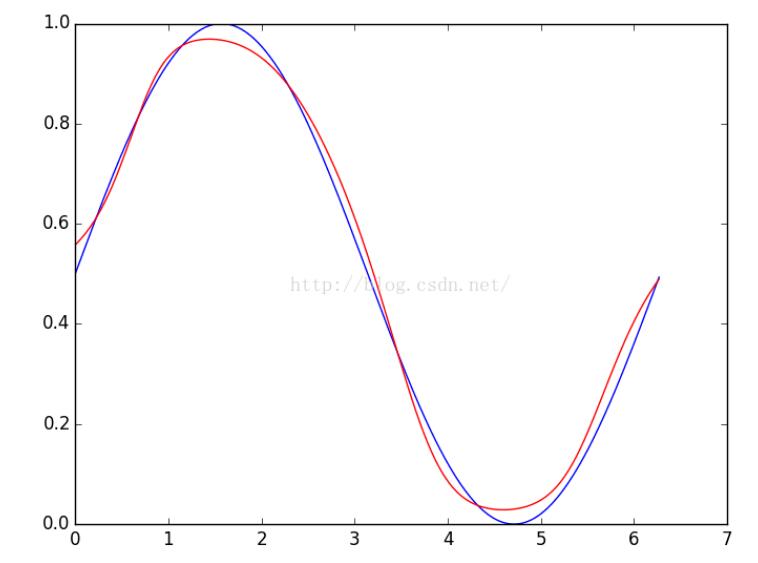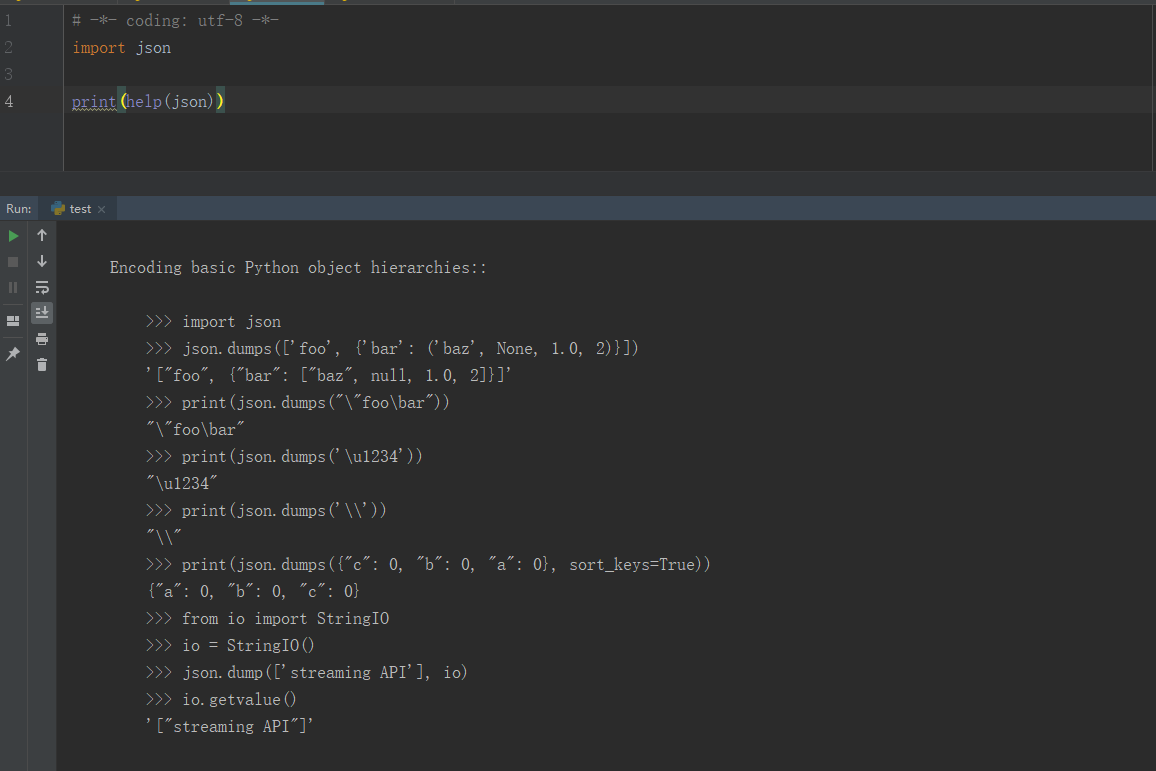理解Python中的With语句
有一些任务,可能事先需要设置,事后做清理工作。对于这种场景,Python的with语句提供了一种非常方便的处理方式。一个很好的例子是文件处理,你需要获取一个文件句柄,从文件中读取数据,然后关闭文件句柄。 Without the with statement, one would write something along the lines of: 如果不用with语句,代码如下:
file = open("/tmp/foo.txt")
data = file.read()
file.close()
这里有两个问题。一是可能忘记关闭文件句柄;二是文件读取数据发生异常,没有进行任何处理。下面是处理异常的加强版本:
file = open("/tmp/foo.txt")
try:
data = file.read()
finally:
file.close()
虽然这段代码运行良好,但是太冗长了。这时候就是with一展身手的时候了。除了有更优雅的语法,with还可以很好的处理上下文环境产生的异常。下面是with版本的代码:
with open("/tmp/foo.txt") as file:
data = file.read()
with如何工作?
这看起来充满魔法,但不仅仅是魔法,Python对with的处理还很聪明。基本思想是with所求值的对象必须有一个__enter__()方法,一个__exit__()方法。
紧跟with后面的语句被求值后,返回对象的__enter__()方法被调用,这个方法的返回值将被赋值给as后面的变量。当with后面的代码块全部被执行完之后,将调用前面返回对象的__exit__()方法。 This can be demonstrated with the following example: 下面例子可以具体说明with如何工作:
#!/usr/bin/env python
# with_example01.py
class Sample:
def __enter__(self):
print "In __enter__()"
return "Foo"
def __exit__(self, type, value, trace):
print "In __exit__()"
def get_sample():
return Sample()
with get_sample() as sample:
print "sample:", sample
运行代码,输出如下
bash-3.2$ ./with_example01.py In __enter__() sample: Foo In __exit__()
正如你看到的, 1. __enter__()方法被执行 2. __enter__()方法返回的值 - 这个例子中是"Foo",赋值给变量'sample' 3. 执行代码块,打印变量"sample"的值为 "Foo" 4. __exit__()方法被调用 with真正强大之处是它可以处理异常。可能你已经注意到Sample类的__exit__方法有三个参数- val, type 和 trace。 这些参数在异常处理中相当有用。我们来改一下代码,看看具体如何工作的。
#!/usr/bin/env python
# with_example02.py
class Sample:
def __enter__(self):
return self
def __exit__(self, type, value, trace):
print "type:", type
print "value:", value
print "trace:", trace
def do_something(self):
bar = 1/0
return bar + 10
with Sample() as sample:
sample.do_something()
这没有任何关系,只要紧跟with后面的语句所返回的对象有__enter__()和__exit__()方法即可。此例中,Sample()的__enter__()方法返回新创建的Sample对象,并赋值给变量sample。 When executed: 代码执行后:
bash-3.2$ ./with_example02.py type: <type 'exceptions.ZeroDivisionError'> value: integer division or modulo by zero trace: <traceback object at 0x1004a8128> Traceback (most recent call last): File "./with_example02.py", line 19, in <module> sample.do_something() File "./with_example02.py", line 15, in do_something bar = 1/0 ZeroDivisionError: integer division or modulo by zero
实际上,在with后面的代码块抛出任何异常时,__exit__()方法被执行。正如例子所示,异常抛出时,与之关联的type,value和stack trace传给__exit__()方法,因此抛出的ZeroDivisionError异常被打印出来了。
开发库时,清理资源,关闭文件等等操作,都可以放在__exit__方法当中。
因此,Python的with语句是提供一个有效的机制,让代码更简练,同时在异常产生时,清理工作更简单。
以上就是关于Python中的With语句的理解,希望对大家的学习有所帮助。

